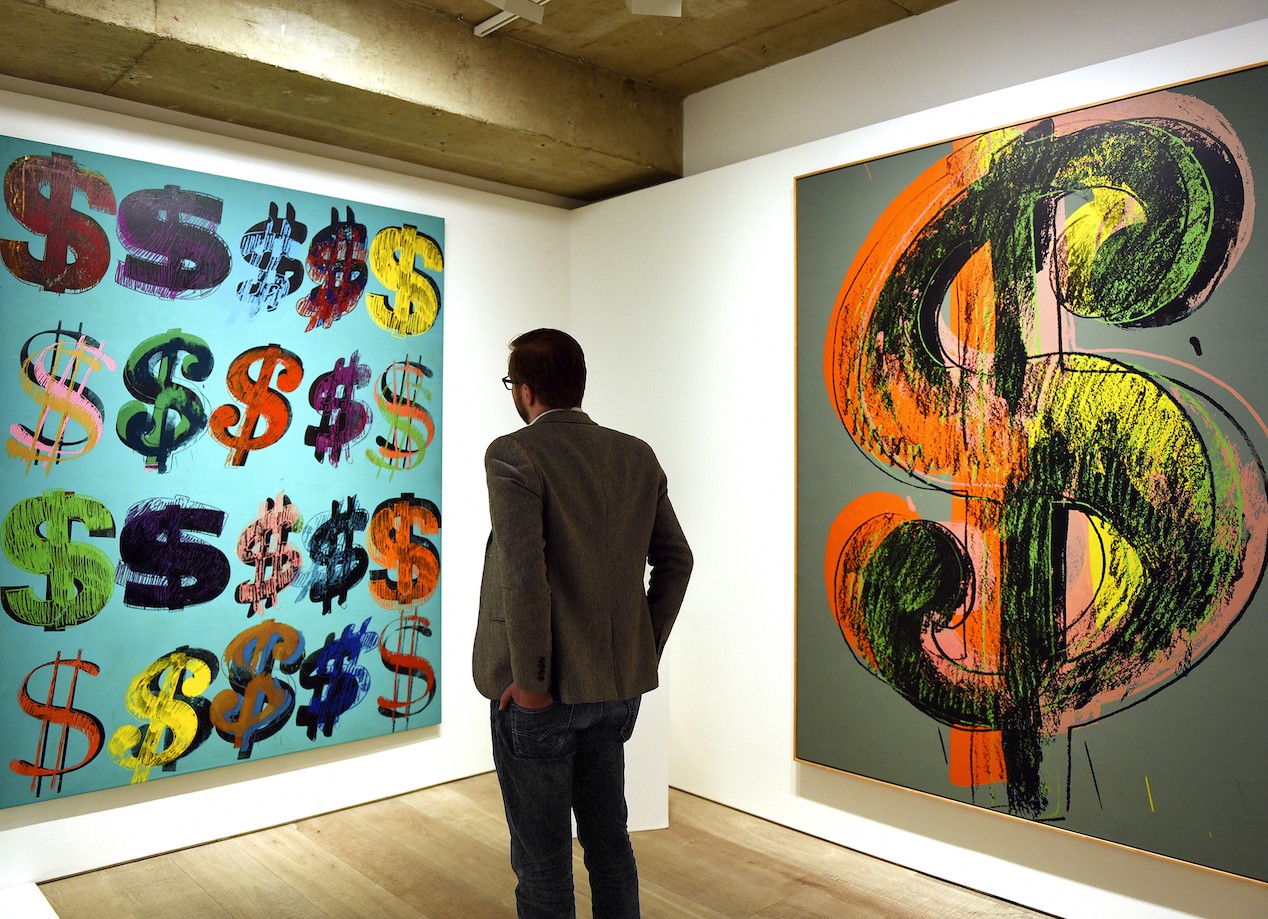The financial importance and investment potential of art is a highly discussed topic in the art world, especially given the redefinition of art in the digital age. Here are the top five key insights from a recent discussion between Melanie Gerlis, Sotheby’s Institute alumna and art market columnist for the Financial Times, Laurent Issaurat, Head of Société Générale Art Banking Services, and Ann-Marie Richard, Director of Sotheby’s Institute-New York.
1. The Complexity of Art as an Investment
Art is often considered a complex and unpredictable asset class. It doesn't generate income in the traditional sense, making it difficult to proactively increase its value — investors are often reliant on market trends. The competition includes wealthy collectors, and efforts to transform art into a more traditional asset are often unsuccessful. While there have been successful models like that of Masterworks, it can prove difficult to profit from art.
2. The Unregulated Nature of the Art Market
The art market has been described as a "Wild West" environment, with aggressive competition and little regulation. Buzzwords such as “access”, “democratization”, and “liquidity” are misleading in a market that remains small and exclusive.
3. The Continued Popularity of High-End Art
High-demand artists like Basquiat, Warhol, and Picasso continue to draw attention. These artists and artworks, which are considered “investment-grade”, continue to grow in value due to consistently high demand.
4. The Importance of Art Management Services
Art management services can provide crucial support to investors, helping with transactions and valuations and guiding investors to make wise purchasing decisions. They can also help with inventory management and financial reporting of art assets, turning them into more tangible assets. The key to investing in art is to consider the artwork’s long-term value and emotional yield.
5. The Impact of NFTs and Digital Art
NFTs and digital art have shaken up the art world. However, with the average ownership of an NFT or digital artwork lasting only one to two months, these are typically not items for traditional collectors. While the digital art market is still small, it's linked to changing tastes and priorities, particularly among younger generations who may not place as much value on physical ownership. It's worth noting that the risks associated with digital art ownership can be high.
